I am a Helsinki based sculptor and visual artist. I work in the field of sculpture, public art and curatorial work.
I work mainly with the animal form. I am inspired by the versatile forms of life in the animal kingdom but people and human beahaviour are still my main inspiration. I use animal species metaphorically to
picture people. Sometimes a certain species of an animal reminds me of a specific character i have encountered and sometimes the story is more universal. With animal form I am free to show people without
their cultural restrictions. Body language and movement require no spoken language or have no country.
Nominees
Lotta Mattila (FIN)
Lotta Mattila
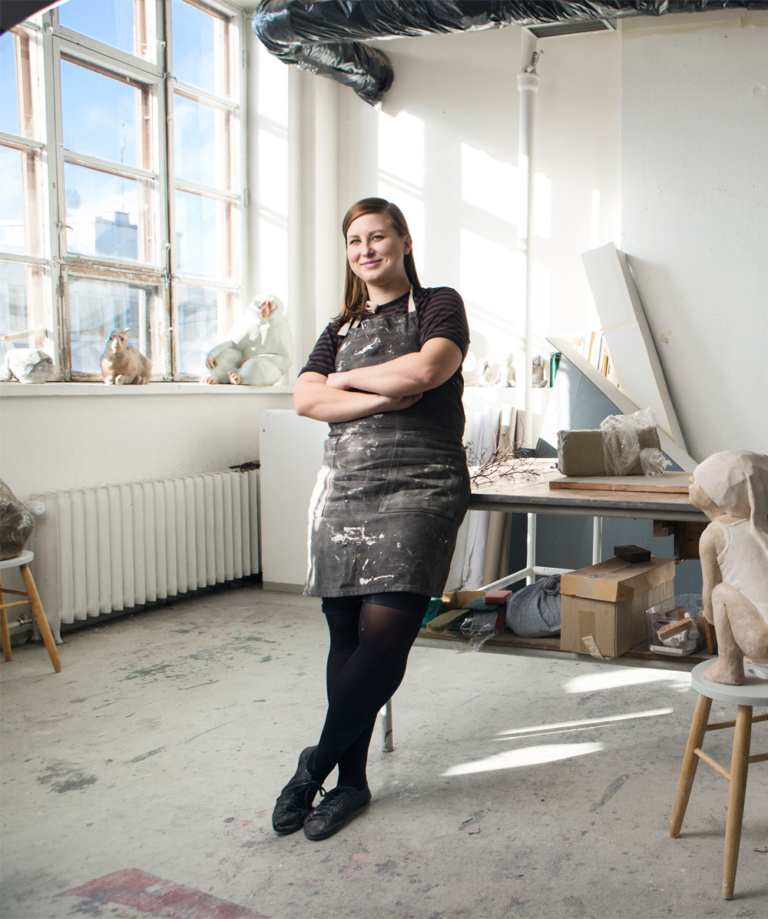
Especially with my public pieces it all starts and ends with the space and life surrounding the art. I see the encounter between the viewer and my sculpture as a part of the piece. I try to imagine the people living their lives around the art and draw inspiration from there.
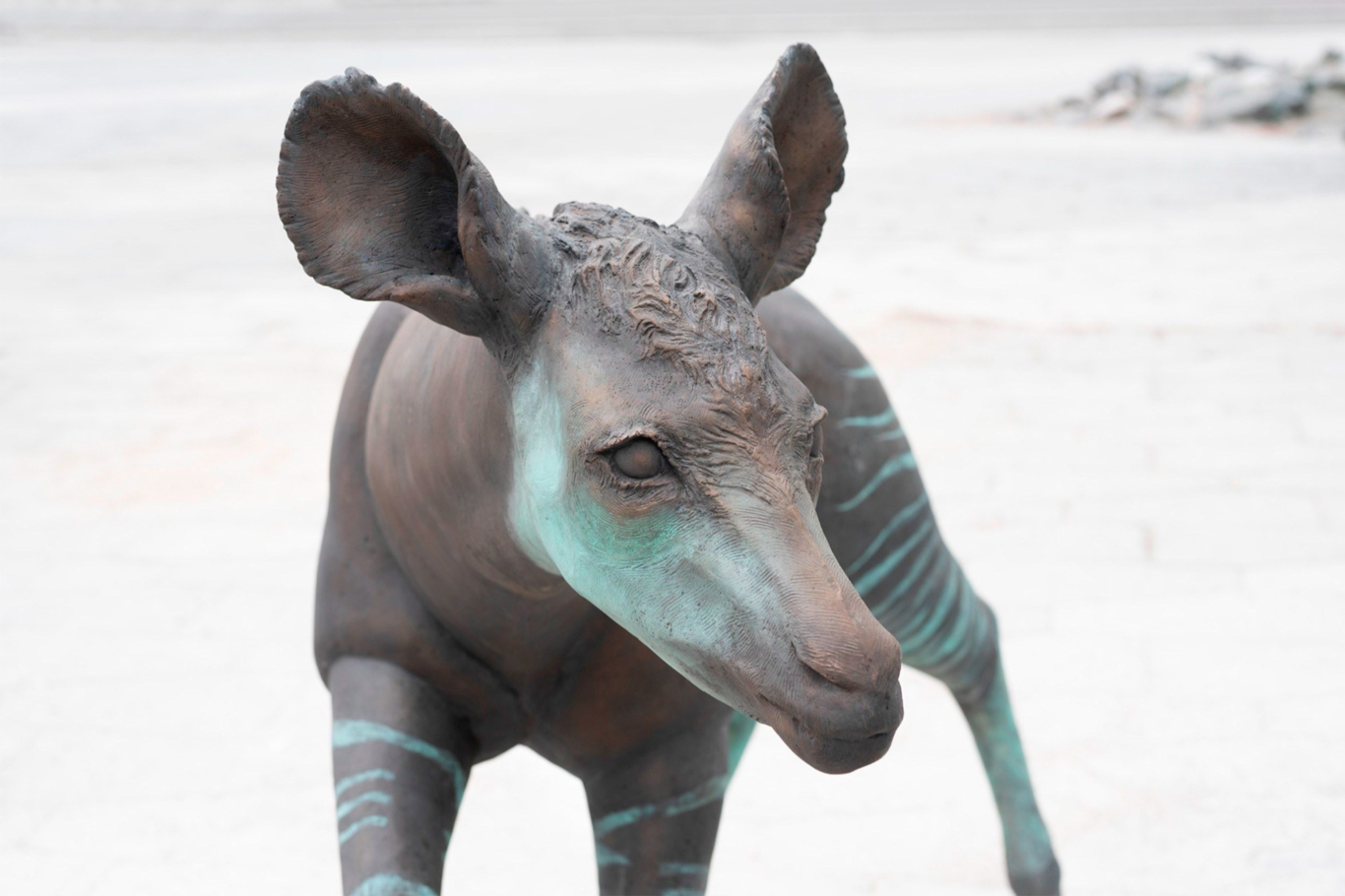
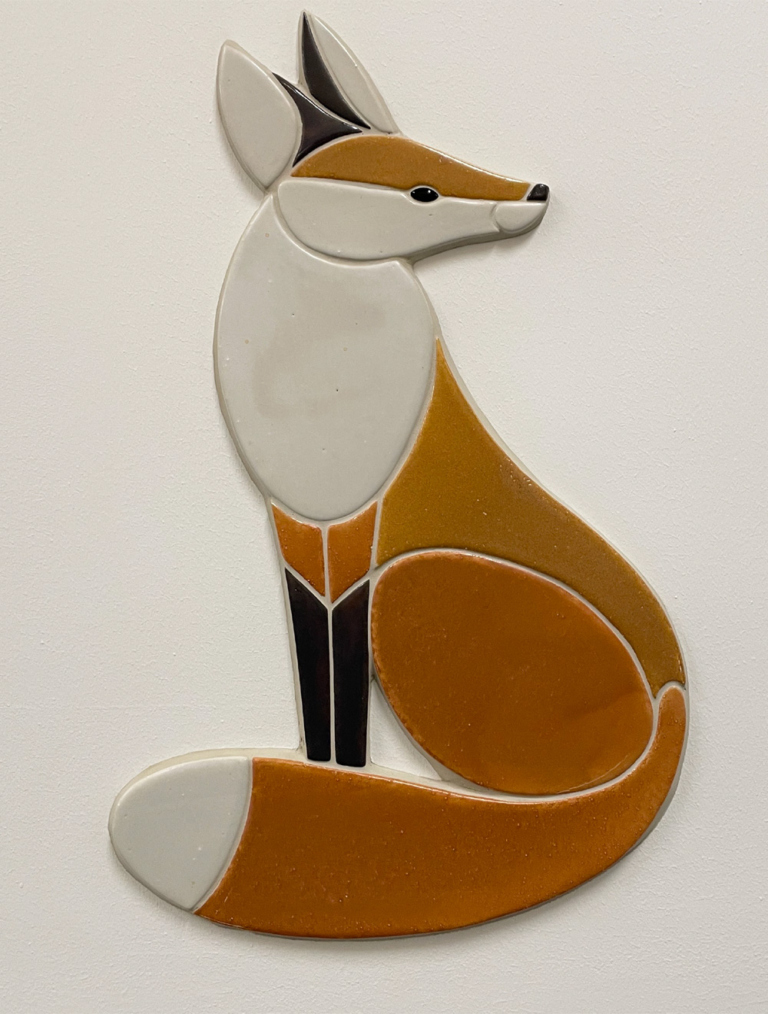
Which routes do they walk, what do they see first walking in to an area and how the art changes depending of the point of view. I imagine the conversations between the people an my work and start my process from there. the story in my mind is captured in the expressions of my characters and the material and then told again in the mind of the viewer as a whole new story.
As an artist I am very hands on type and I and I have a strong connection to the material itself. For a contemporary artist I use very traditional materials and techniques such as handbuilt ceramics and bronze casting. Sculpting clay is most often the first step of my pieces whether it is to be fired into ceramics or moulded to be casted in another material. Plasticity of the material works as a tool to capture the movements of my hands on the still object. As an artist I am fascinated by the point where a piece of clay turns alive in the form of a character.
For me a high stadard of craftmanship is an important part of my work. As I see the lifespan of a sculpture as a part of the art, I enjoy using materials that age beautifully and
pontentially allow the viewer to touch the piece.

Kaarina Kaikkonen (FIN)
One of our most internationally recognized sculptors and artists, is known for shaping urban landscapes and emphasizing community through her installations.
In her works, one can find references to current themes of humanity’s place in their own time, and of basic needs that always exist regardless of environment or culture. Old clothes contain the former user’s presence, which wraps around Kaikkonen’s story and places the viewer before something new and unknown but at the same time exceedingly familiar and intimate.


The impressive installations made out of mens’ jackets and shirts are well known both in Finland and globally such as in the US, Cuba, Canada, Japan, and Great Britain. Her first installation was on display in Helsinki in 1988. In Finland, one of her most famous works is the ‘Way’ -installation, which she built on the steps of Helsinki Cathedral in 2000. Her pieces can be found in several collections such as the Museum of Contemporary Art Kiasma, Helsinki City Art Museum, and Espoo Museum of Modern Art of EMMA.
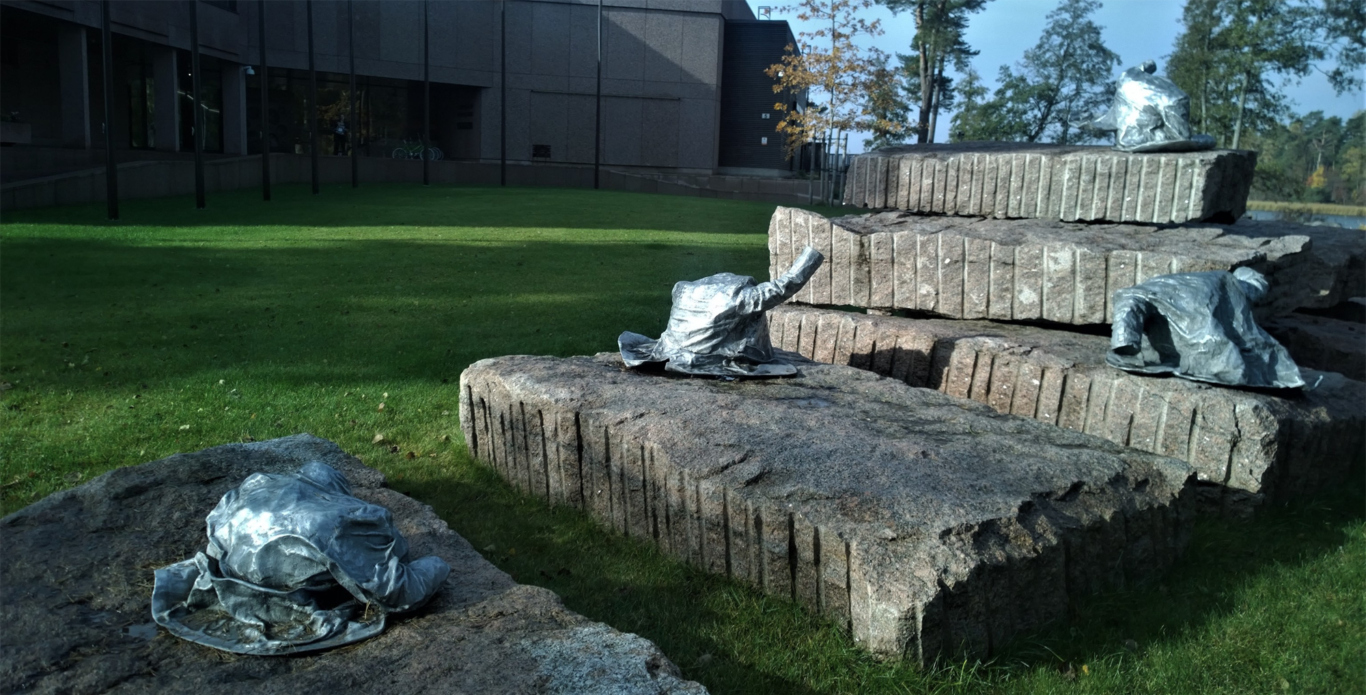
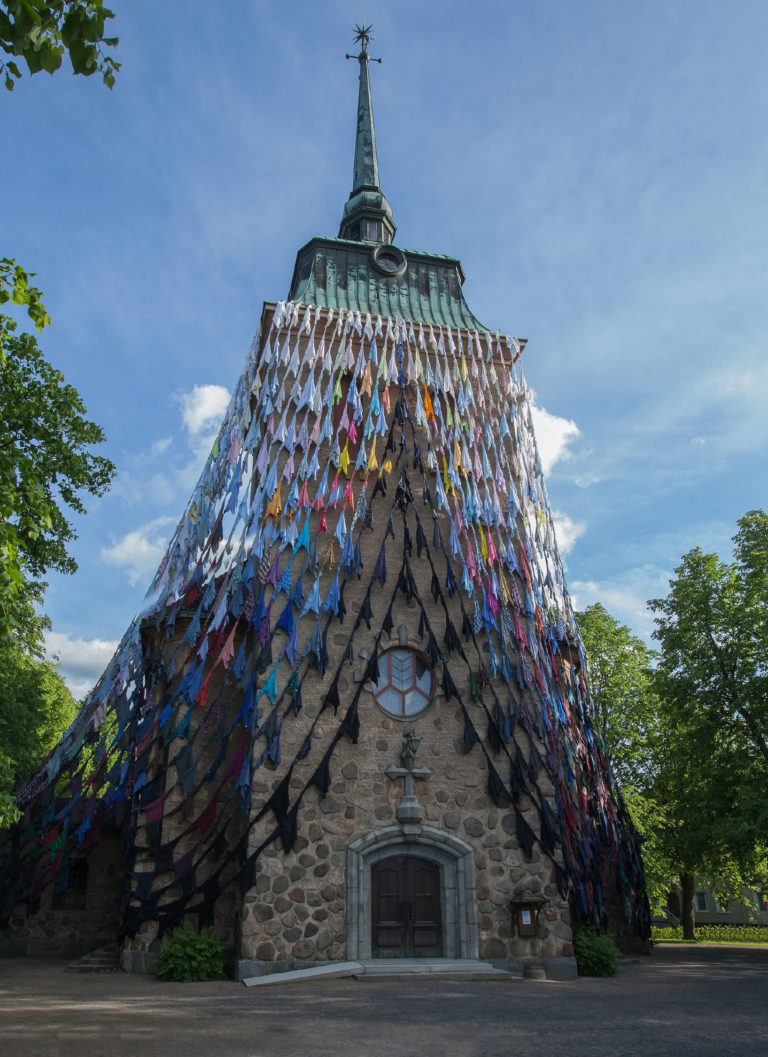
Kaikkonen studied at the Finnish Academy of Fine Arts School and was awarded the National Visual Arts Prize in 1989, the Finland Prize of Art in 2001, and in 2013 the Order of the Lion of Finland awarded her Knight, First Class. Kaikkonen has also received international awards such as Public Prize in Den Haag Sculptuur in the Netherlands in 2004 and Honorable Mention at the Cairo 11th Biennale in Egypt in 2009.

Ēriks Božis (LV)
Born in 1969 in Liepaja/Latvia.
Field of activity: installations, objects, photography, video, scenography.

Participated in more than 40 exhibitions in Latvia and abroad, including the biennale Manifesta, Rauma biennale, the opening project of the Stockholm Museum of Modern Art in 2008. Represented Latvia at the Venice Architecture Biennale in 2008.
The art works are in the collections of The Latvian National Museum of Art and upcoming Contemporary Art Museum. Permanent art object “Benches” are situated in Old Town of Riga since 2014.
Since 2013 makes short films about the nominees of the Latvian Architecture of the Year Award.

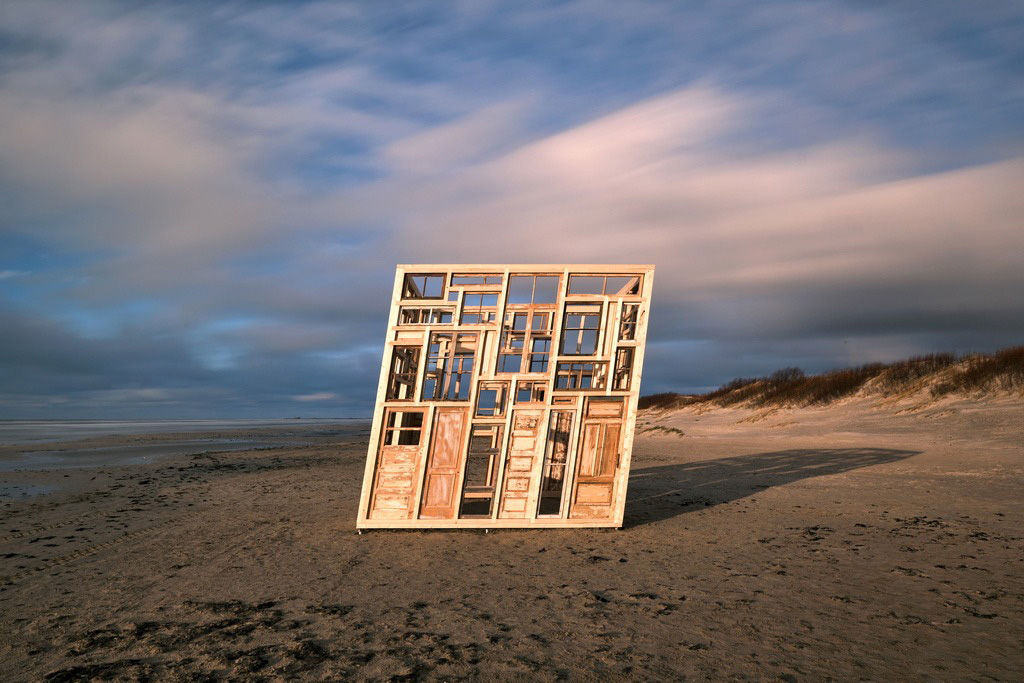
Evita Vasiļjeva (LV)
Born in Riga, Latvia, 1985
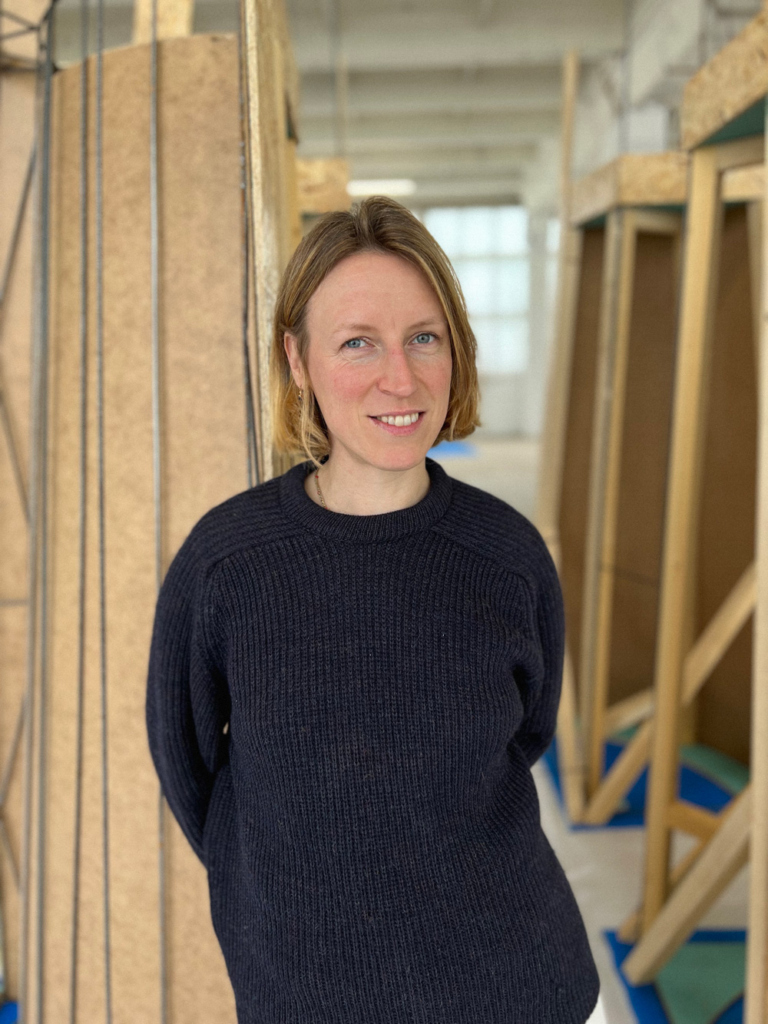
Lives and works in Amsterdam, Riga, Marrakesh.
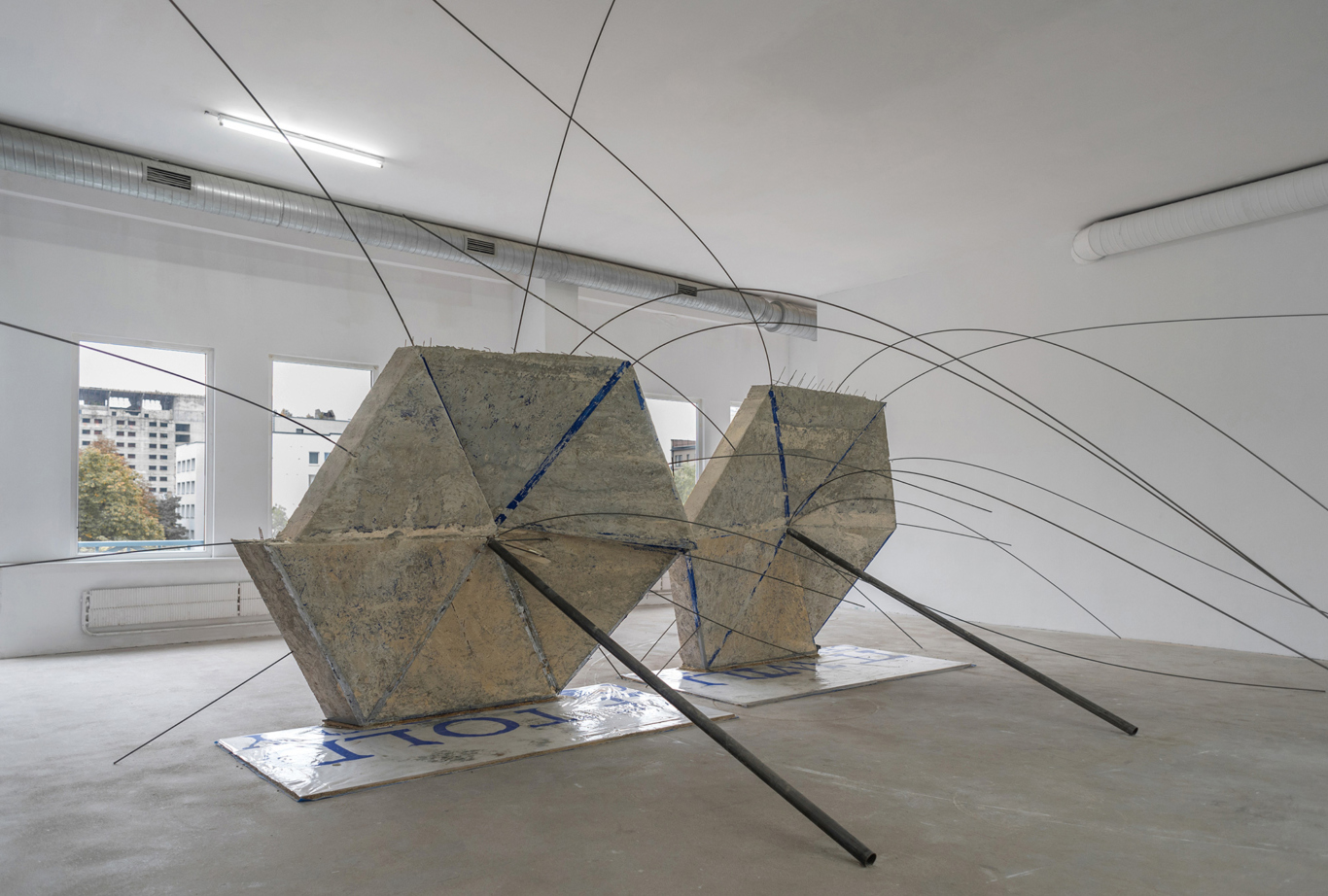

EDUCATION
2009-2013 Gerrit Rietveld Academy, BFA, Amsterdam, NL
2005-2009 The Art Academy of Latvia, BA, Visual Communication, Riga, LV
BIENNALES
2022, The 16th Lyon Biennale, Manifest of Fragility, Lyon, curated by Till Fellrath and Sam Bardaouil, France; 2021, Baltic Triennial 14: The Endless Frontier, Contemporary Art Centre Vilnius, LT
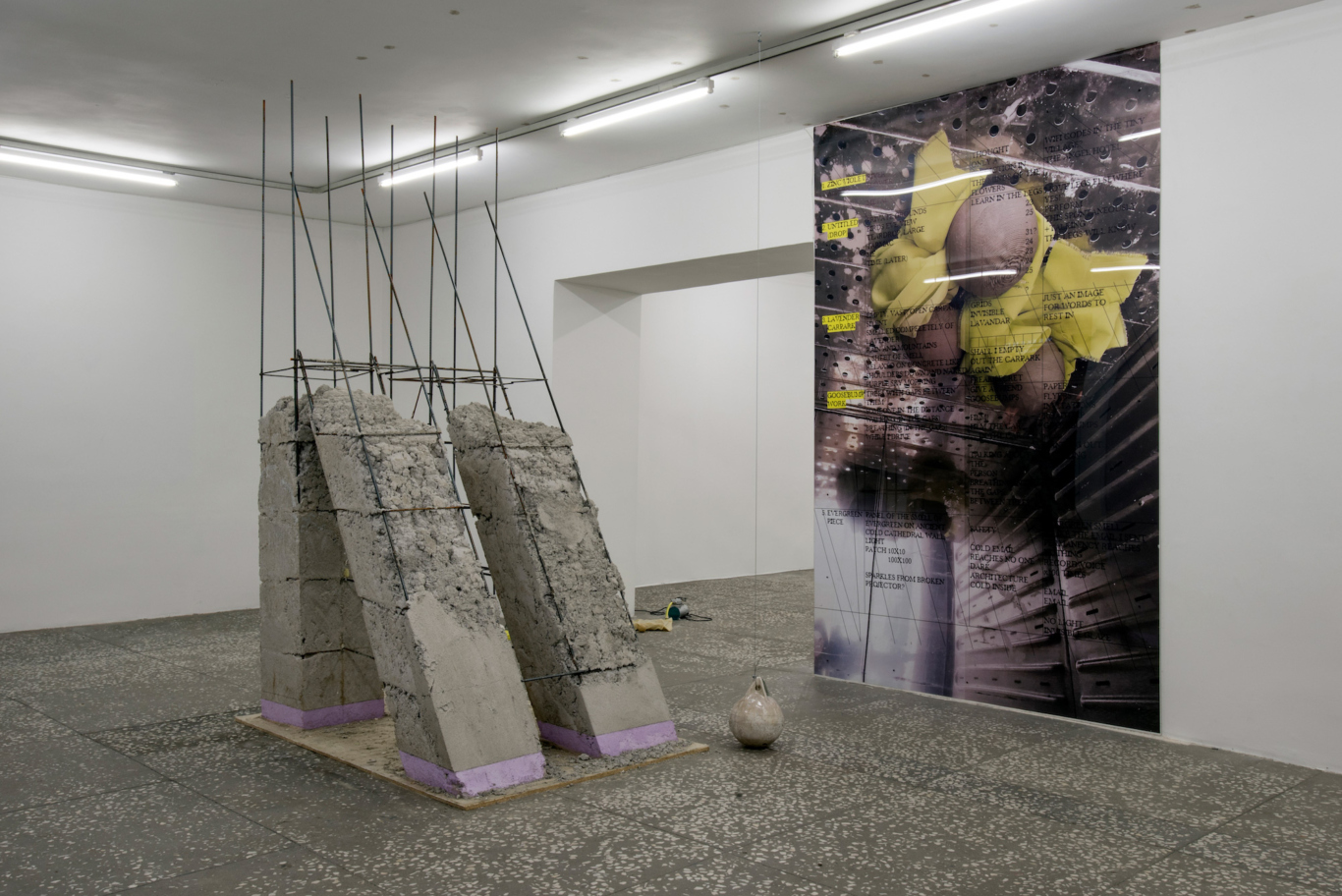
Krišs Salmanis (LV)
Born 02.02.1977, Rīga, Latvia
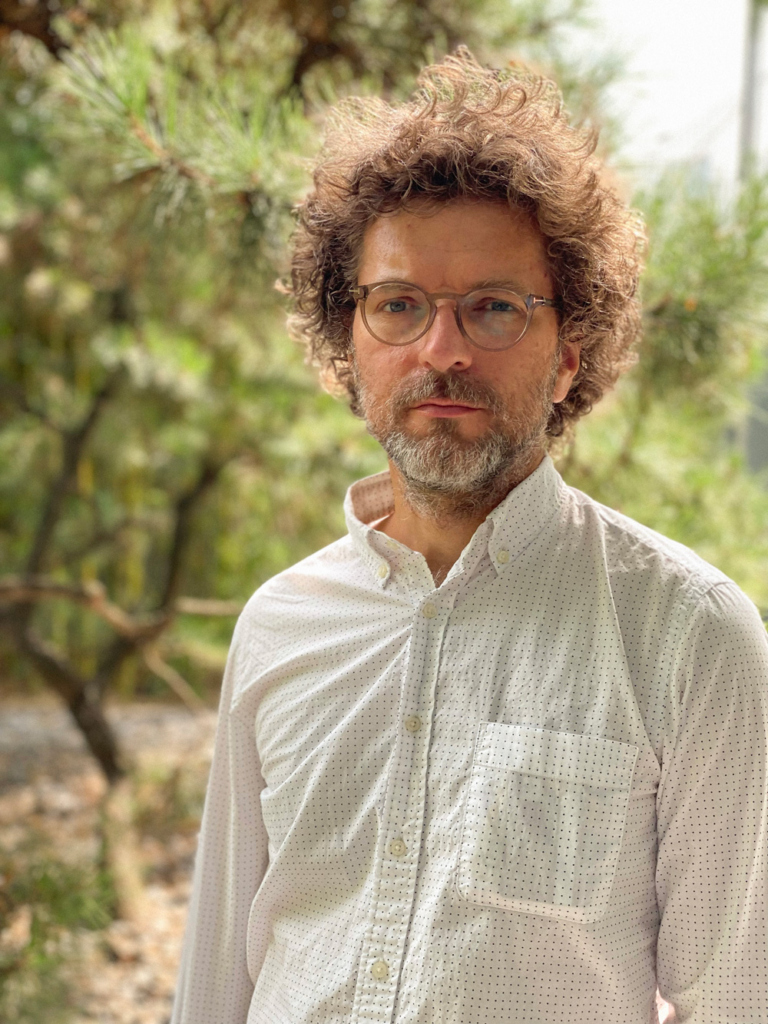
Two elements constantly appear in his work: nature and sound. The artist admitted that they seemed to be a good symbol of those aspects of the human condition that interested him some time ago. As he said in an interview for Baltic Horizons: „The sliding tree in a stereotypical country idyll was a reflection on change which kept taking me by surprise. The cut tree acting as an amplifier for the voice recording of a finch was a futile attempt to reconstruct a beautiful moment from the past. I guess also the animated self-destroying barn and other works were dealing with the transitory nature my being here.” Today, his inspiration is science and research.

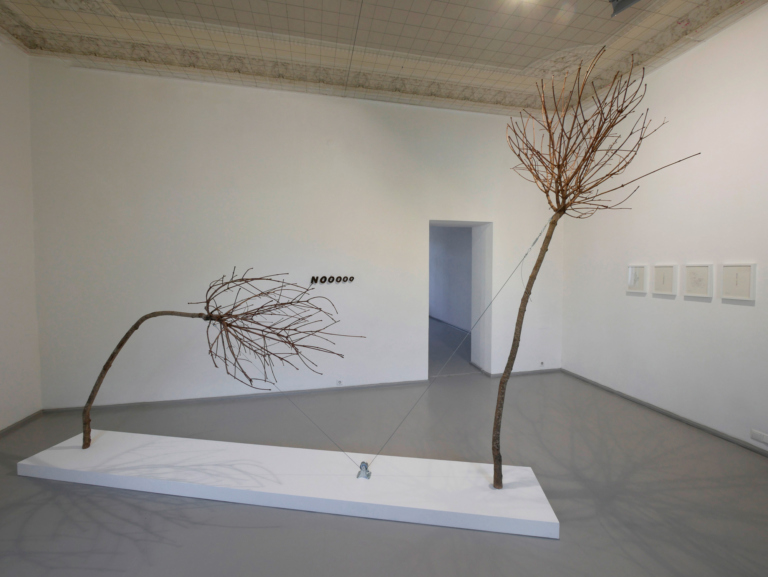
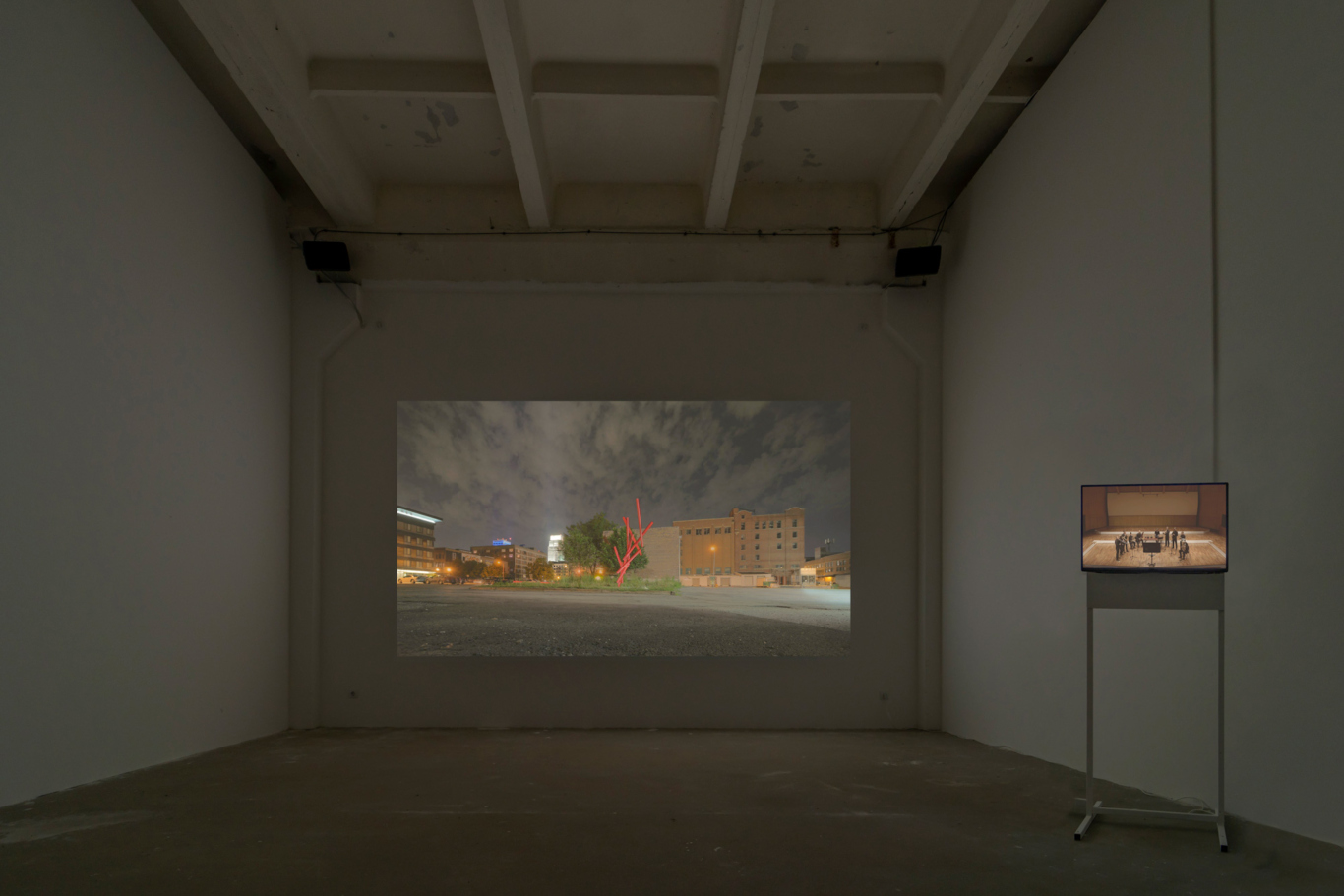
Andrius Labašauskas (LT)

AWARD
2014 2014 Apple design award for the best application (Pixelmator TEAM)
2018 Winner of National Lukiskes square memorial competition, Vilnius, Lithuania
2019 IInd place Kuriu Vilniu ‘’Patilte’’
2021 Ist place at Kuriu Vilniu ‘’Fungi’’
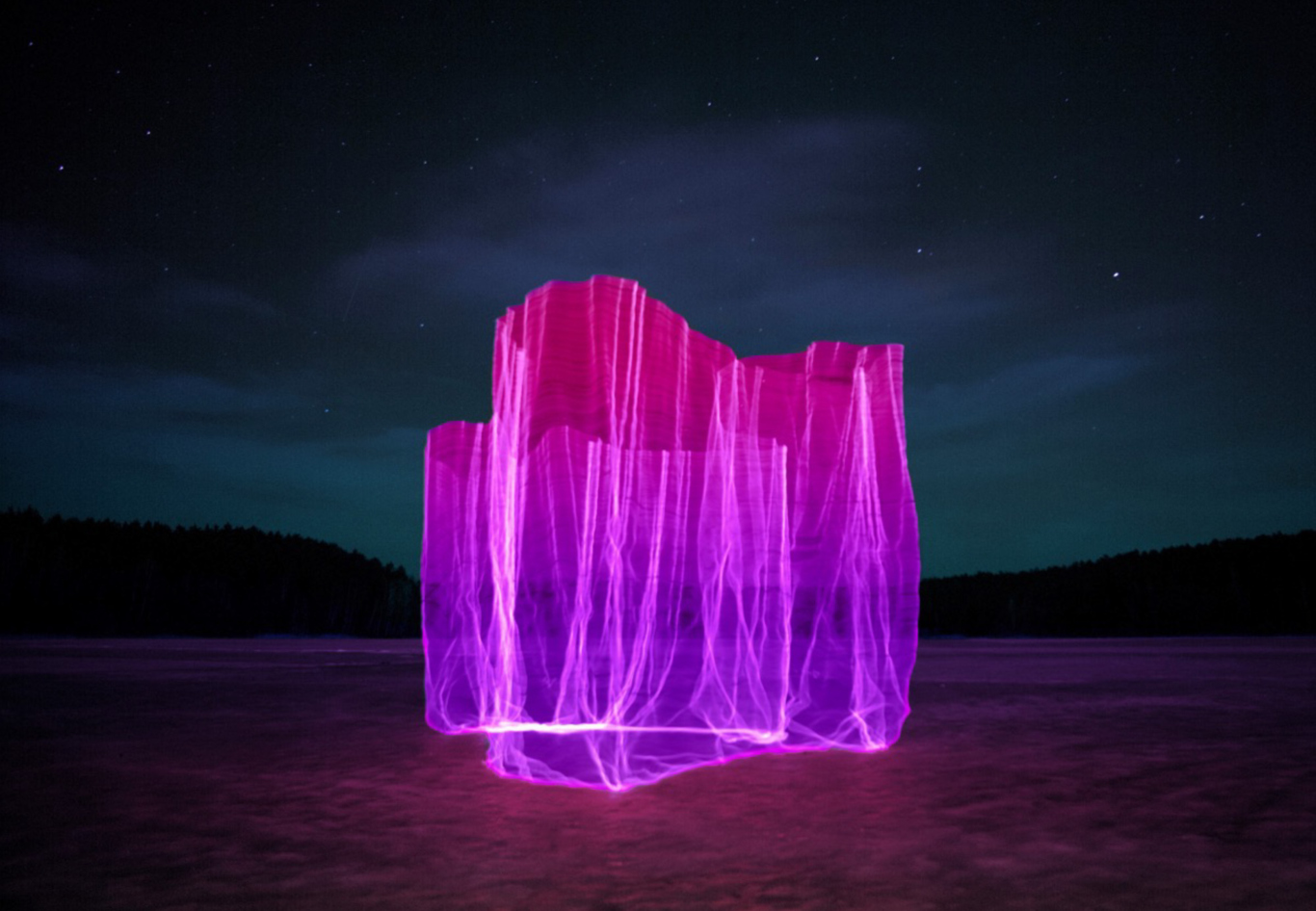

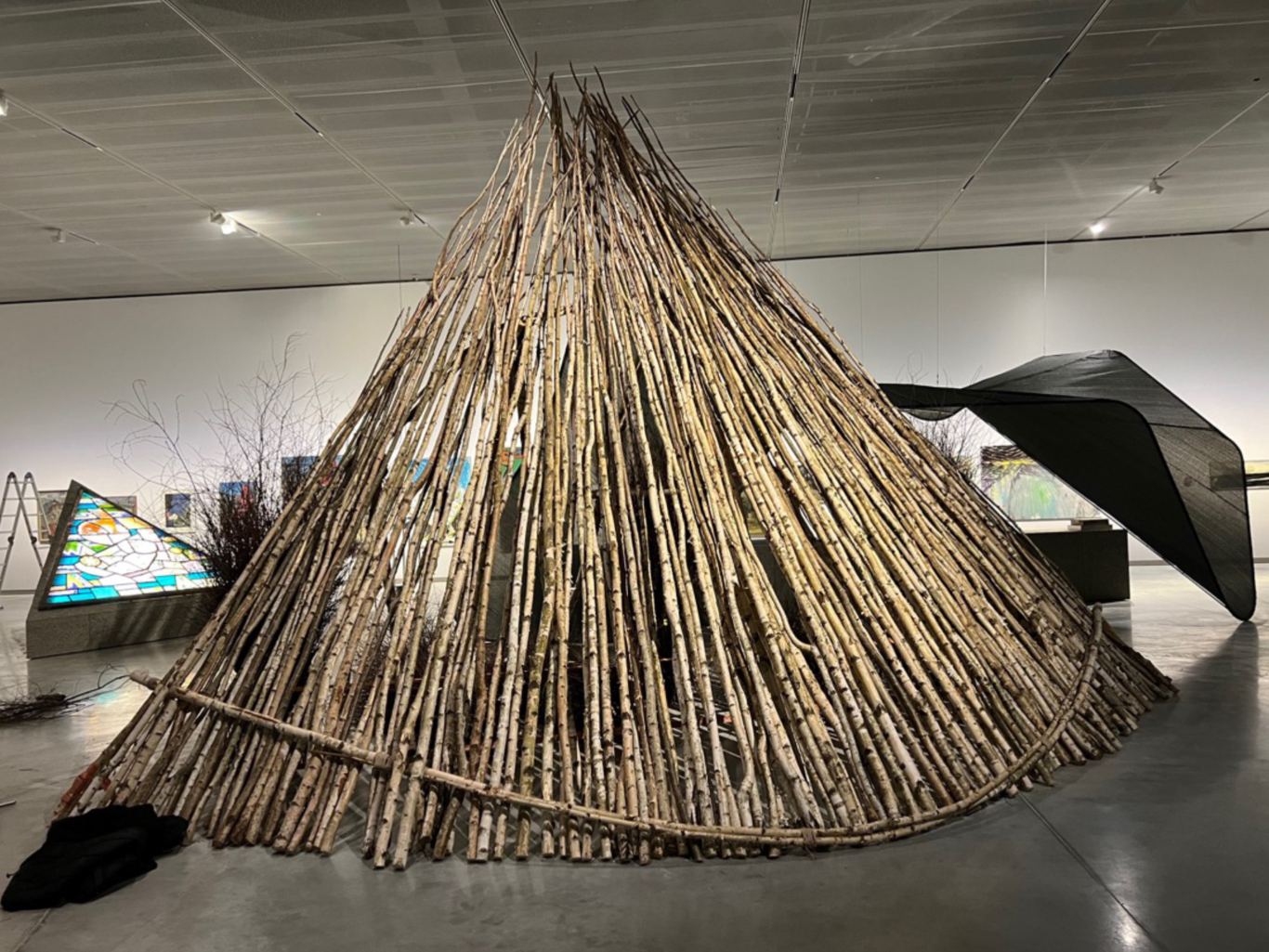
Augustas Serapinas (LT)


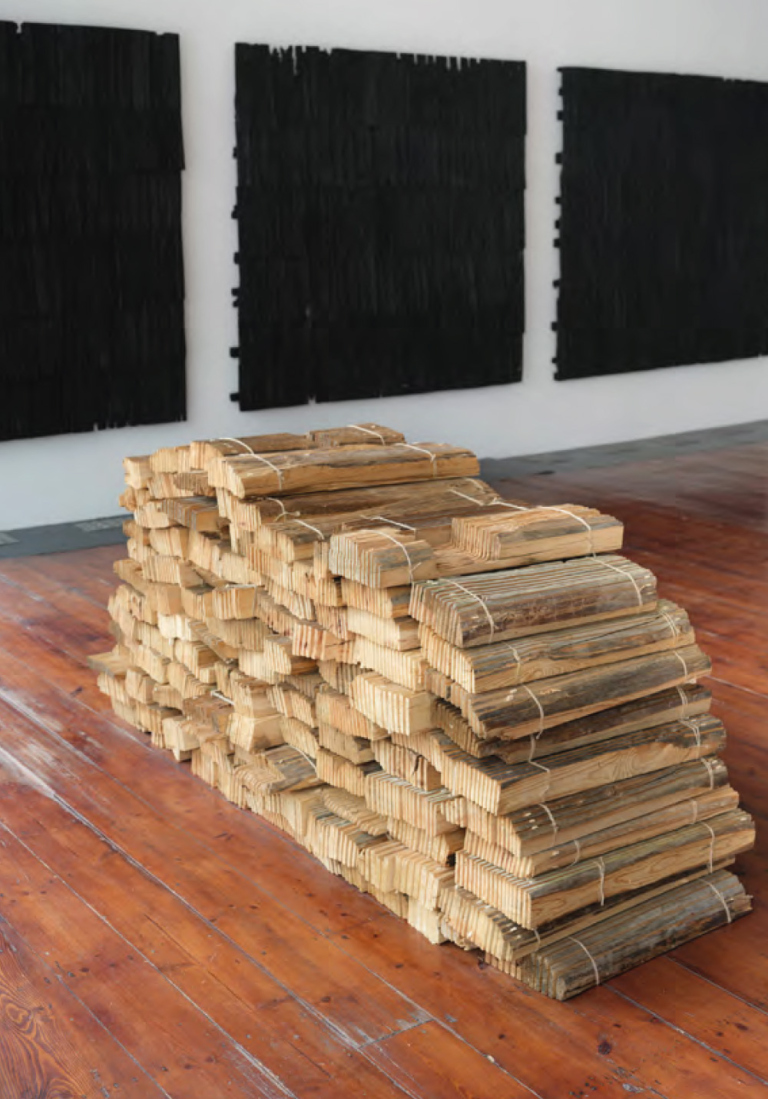
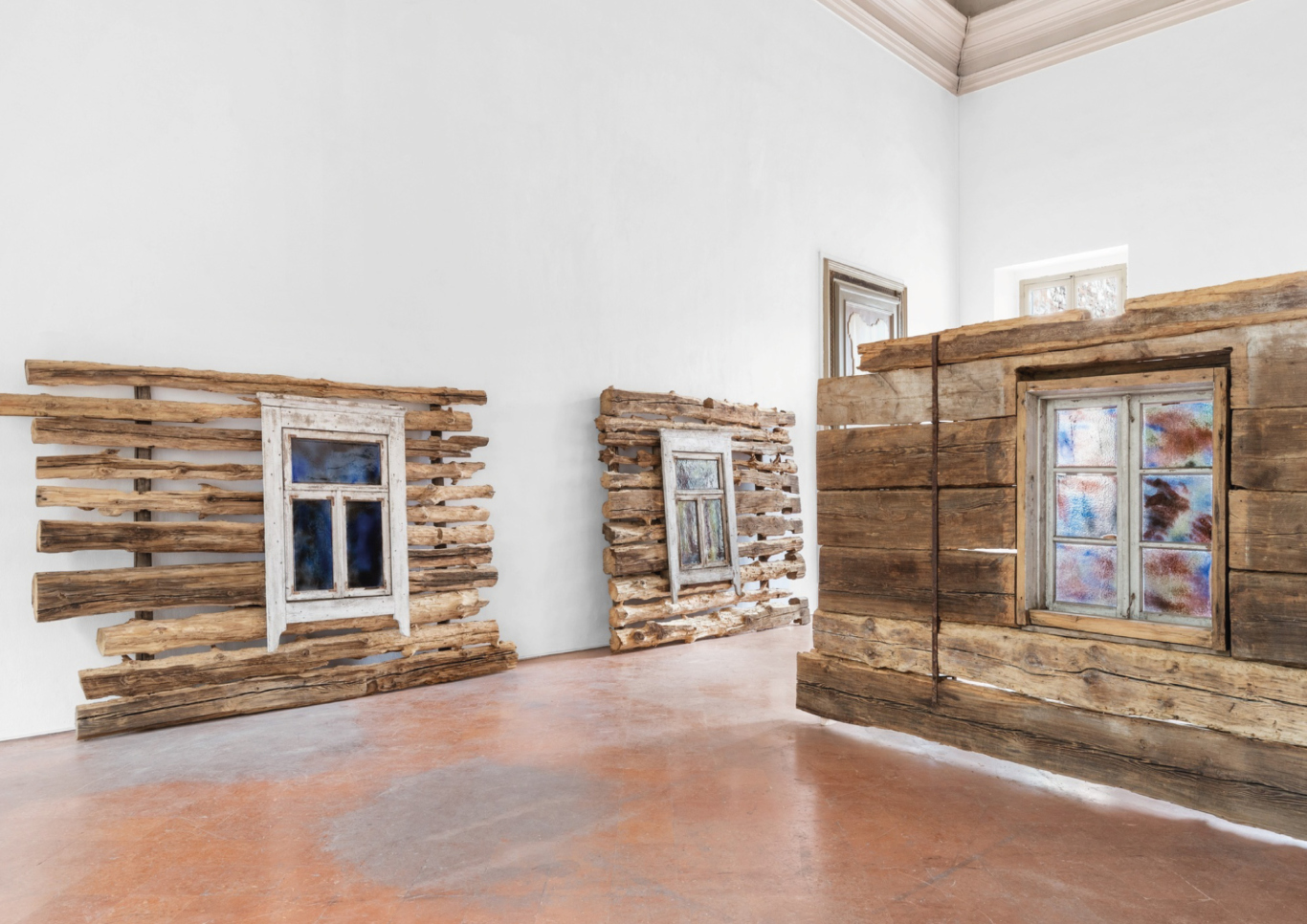

Iza Tarasewicz (PL)

Tarasewicz was born in 1981 in Białystok and graduated from the Faculty of Sculpture and Spatial Activities at the Academy of Fine Arts in Poznań. She creates sculptures, installations, drawings, photographs and is involved in performance. Her spatial realisations are created for both gallery and public spaces.
In 2013, she was nominated for the “Polityka” Passports. – “for her consistent development and absolute sense of matter. For reminding us that ephemeral, inconspicuous objects invoked by her hand can open up perspectives for weighty, universal narratives’. In 2015, Tarasewicz was recognised as the most interesting artist of the young Polish art scene by being awarded first prize in the seventh edition of the Spojrzenia – Deutsche Bank Prize, organised by Zachêta – National Gallery of Art, for her “consistency in shaping her own mature, original artistic language. For exploring the matter of primordial processes; for restoring the cognitive dimension to art”.

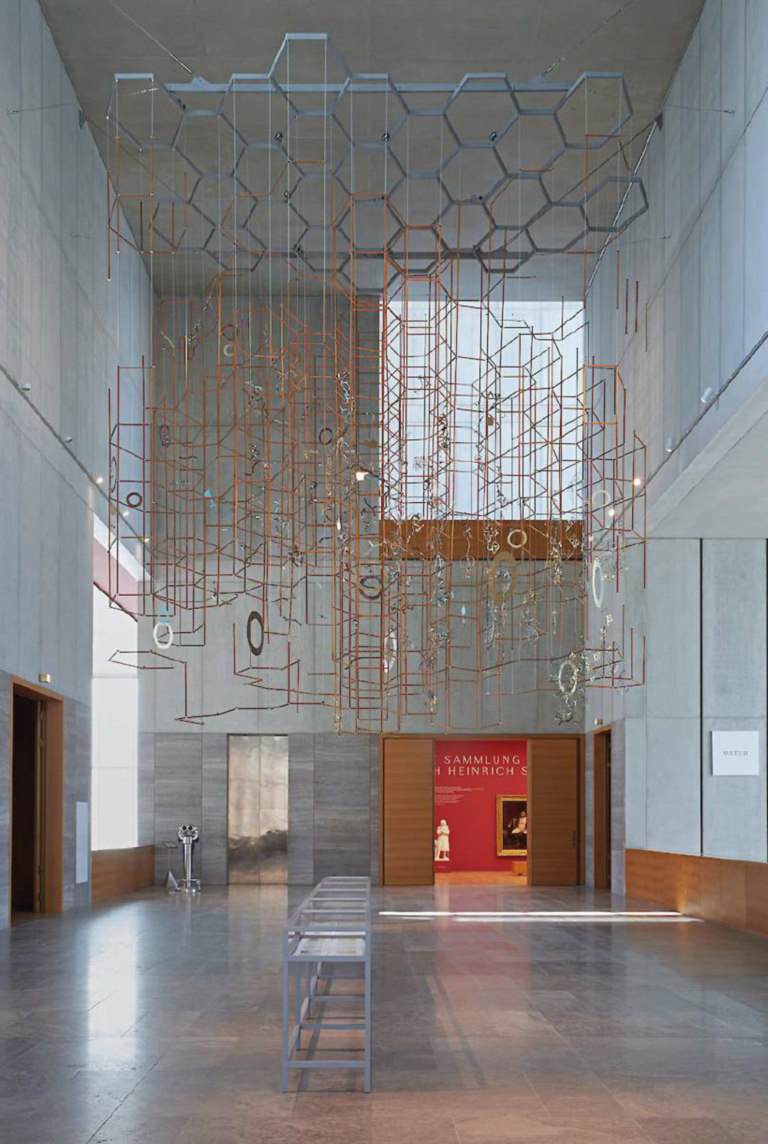
Tarasewicz’s practice involves the interpretation, accumulation, deconstruction and reorganisation of material things, social, historical and ideological systems. The object of her interest is the human being, or more precisely, the contemporary human being in the face of threats, including climate threats, placed in extreme situations in which he balances between normality and extremity, humanity and dehumanisation. In her work, Tarasewicz refers to her experiences of childhood and growing up in the Bialystok countryside, where contact with nature was based on primordial immediacy.
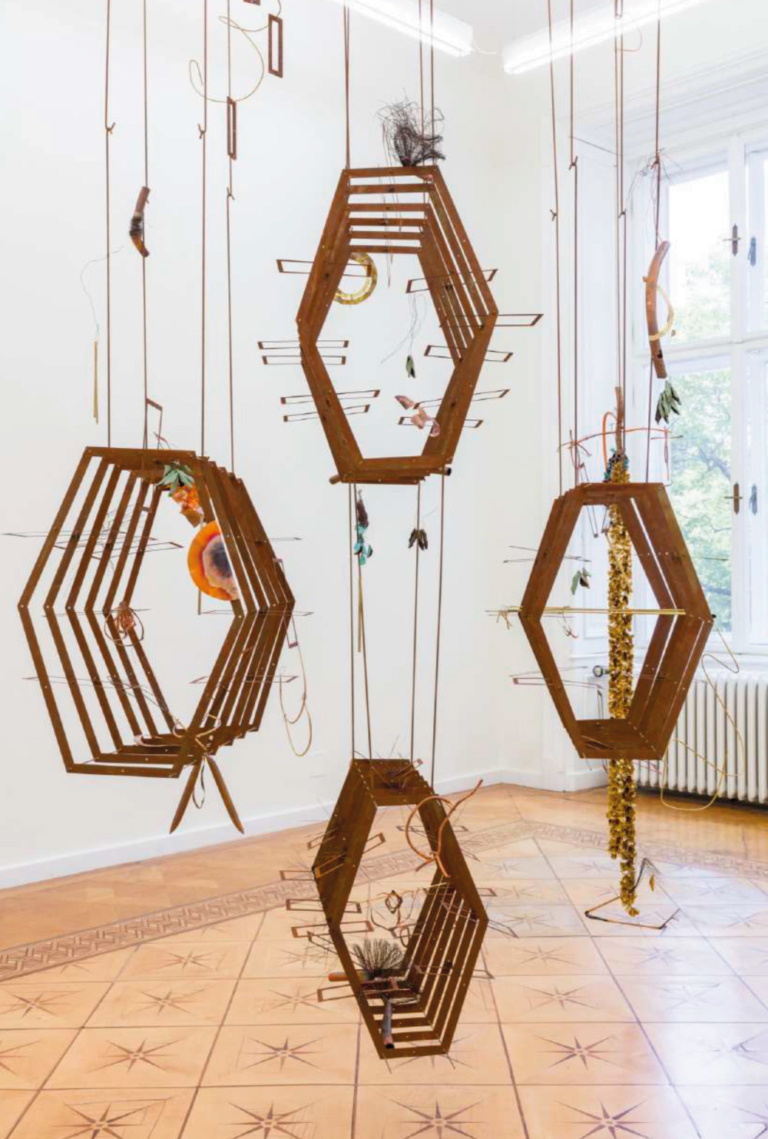
The artist carefully tests and transforms simple materials. The objects and their arrangements she creates elude the opposition natural – artificial. Tarasewicz often combines basic materials such as clay, plaster, concrete, gold, steel, glass, asphalt, animal fat, leather, fur, intestines, plasticine, plant fibres, plant dust and ash.
The artist’s experience in creating sculptures and spatial installations, her careful observation of the relationship between man and nature and her sensitive work on the borderline between organic and inorganic matter, which is Tarasewicz’s own statement and signature, make her an extremely promising nominee for the Hestia competition.
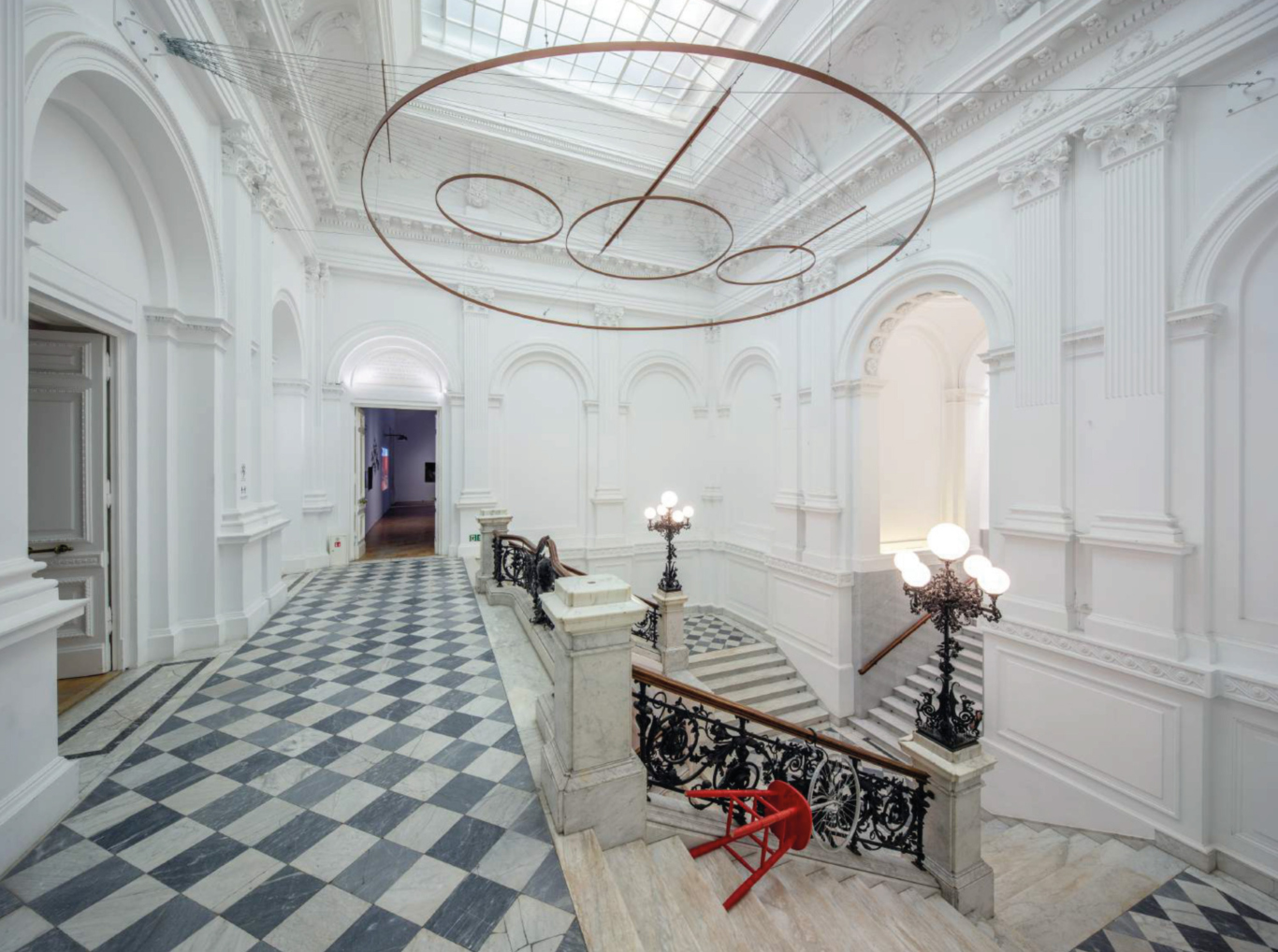
The above information was prepared on the basis of the artist’s website and the culture.pl portal
Text by: Małgorzata Ludwisiak
Łukasz Surowiec (PL)
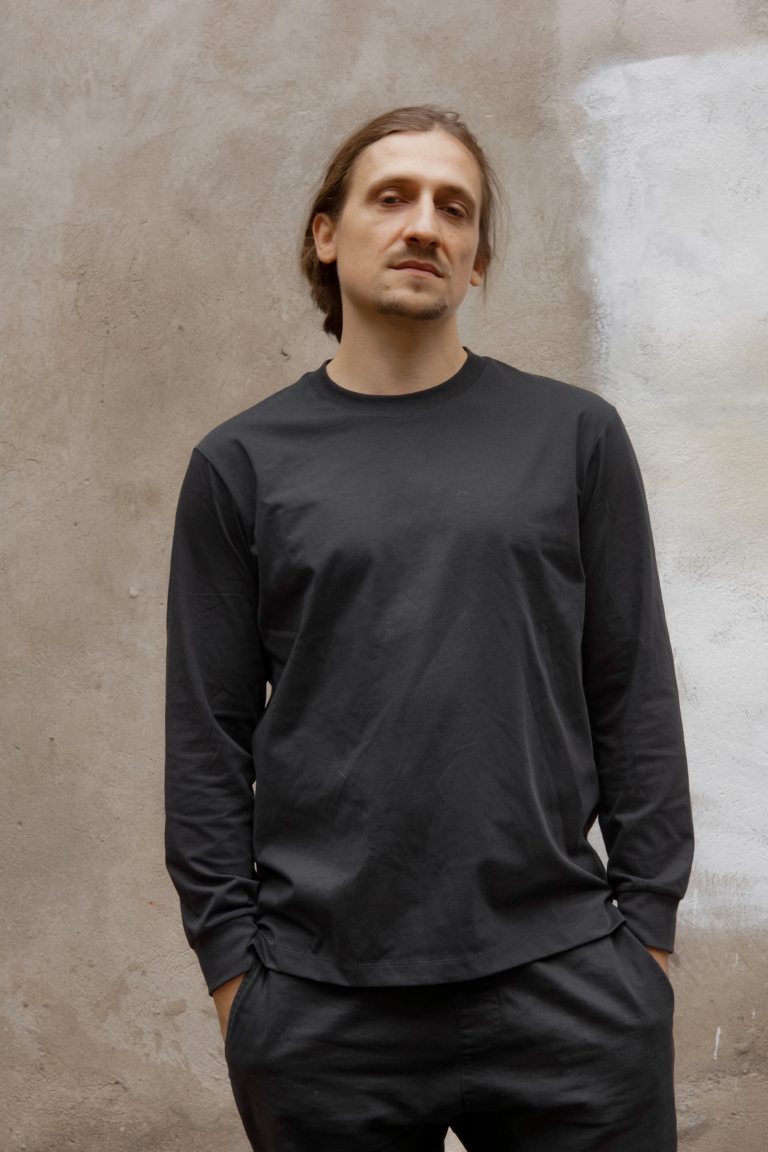
Łukasz Surowiec is an interdisciplinary artist, working in sculpture, performance, video creation, objects, installations and actions in public space.
In his work and artistic activity, Łukasz Surowiec takes up uncomfortable topics, both those relating to the past, especially Polish history, as well as those focusing directly on the human being and social relations. Surowiec’s work is characterised by a strong social commitment, which is sometimes interpreted unequivocally as activist.
Another important motif explored in Surowiec’s work is the depiction of ongoing climate change in relation to economic, economic and political processes.
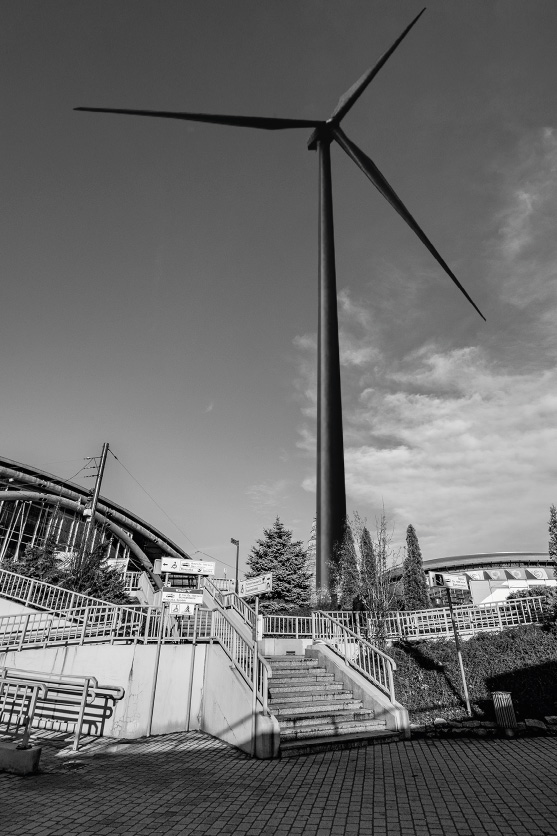
In 2012, in Sopot, Surowiec realised the project ‘Gift for God’ as part of the Artloop Festival, whose motto was ‘Resort’. The issues taken up by Surowiec try to trace the impact of the economic and political situation on social mood or culture.
It becomes equally important to draw attention to the possibility of creating the idea of a supra-global community struggling with climate change.
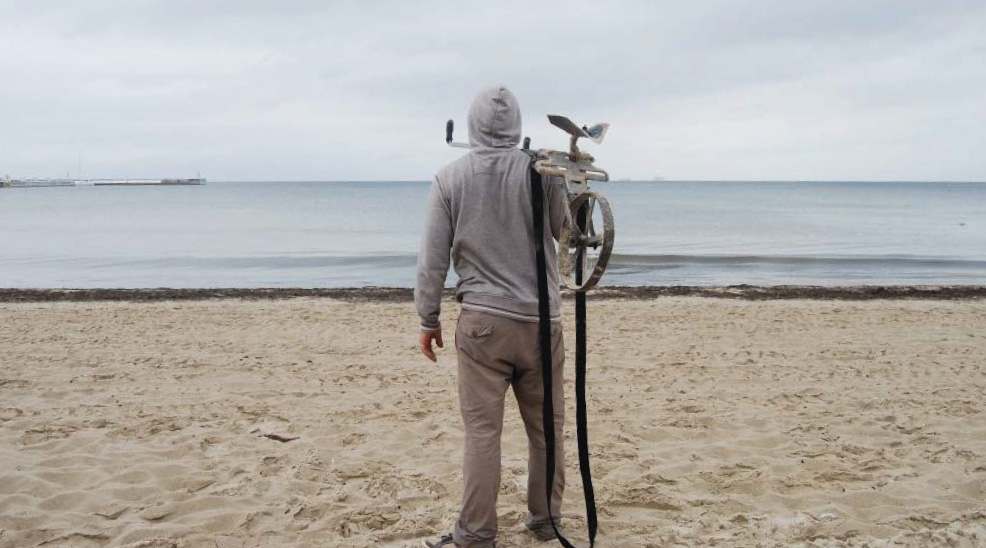
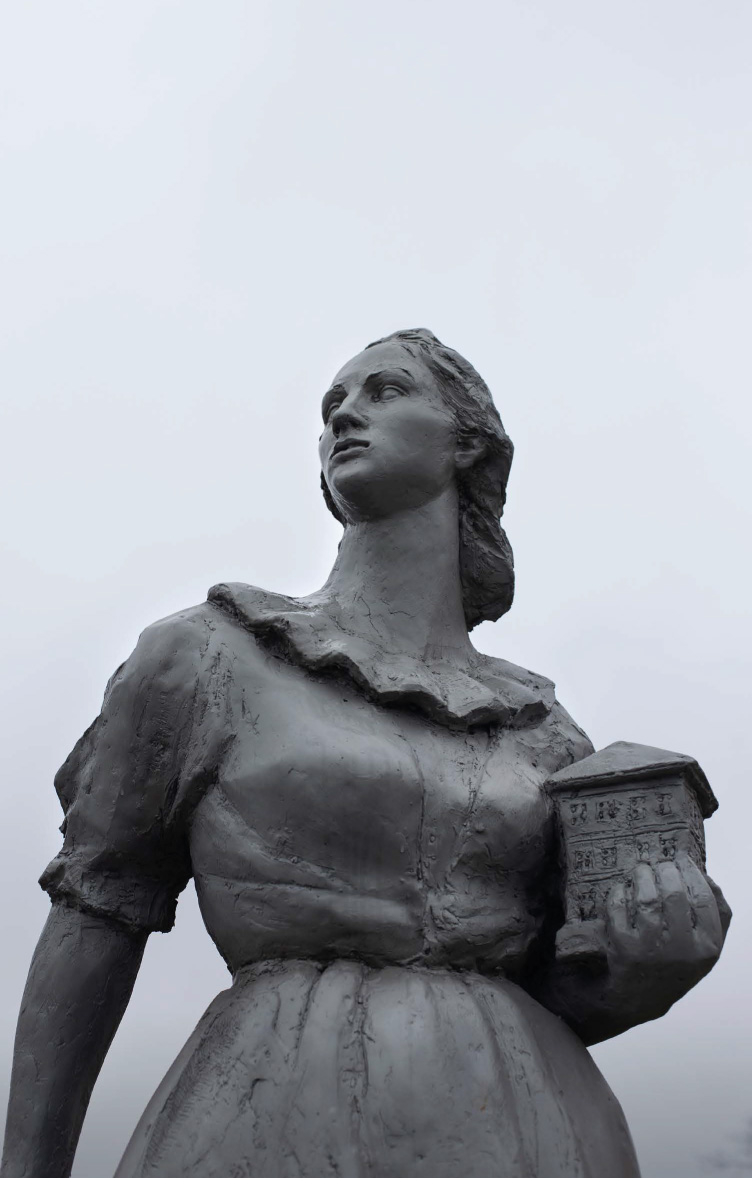
In 2018, he was nominated for the Paszporty Polityki award in the visual arts category and in the Spojrzenia competition organised by Deutsche Bank and the National Art Gallery Zachêta in Warsaw, where he received the audience award. Surowiec collaborates with numerous institutions in Poland, and also takes part in projects and residencies abroad (including Austria and Japan). His works can be found in numerous institutional and private collections.
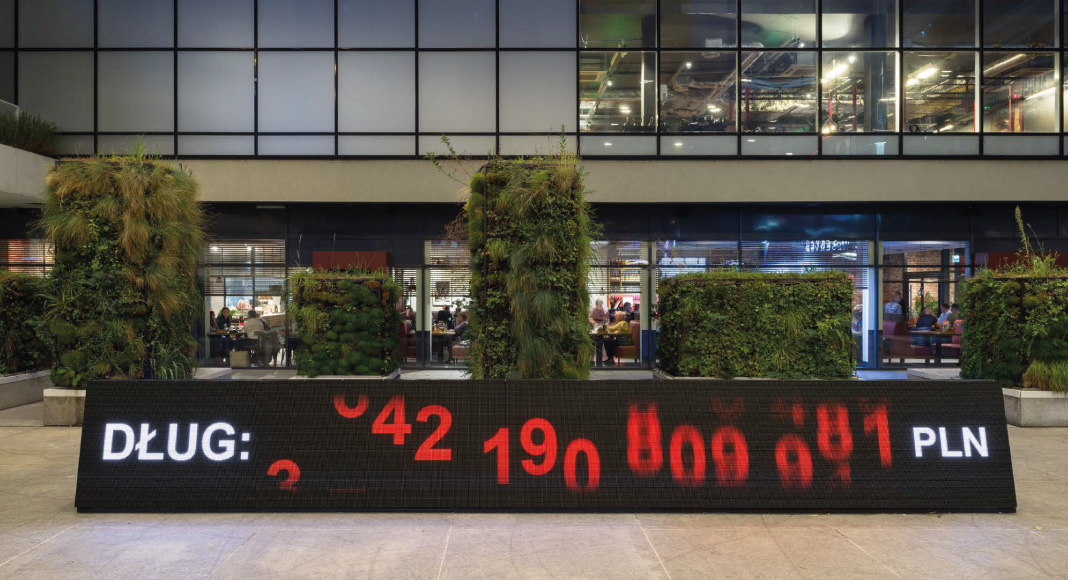
Text by: Aleksandra Grzonkowska.
Martyna Jastrzębska (PL)

Martyna Jastrzębska works mainly with object and multimedia installation. Her artistic practice interweaves themes of transience, change, rebirth, reinterpretation of the meaning of trace, deconstruction of myth and symbol. As part of her doctoral thesis, she destroyed dozens of her own works, the remnants of which she transformed into two diamonds.

The curatorial team of NOMUS / New Museum of Art, a division of the National Museum in Gdańsk, has been actively following Martyna Jastrzębska’s work. Last year, they invited her to collaborate with a group of students from the Gdańsk Academy of Fine Arts to perform a performance referring to the artistic legacy of the TOTART group, focusing on themes related to ecology understood from a contemporary perspective. In addition, the collection of the Gdańsk Collection of Contemporary Art presents the work of Martyna Jastrzębska, which remains on deposit at the National Museum.
The themes and issues taken up by Martyna Jastrzębska, as well as the objects and installations she creates, are distinguished by a critical reflection on the global ecosystem. She is interested in the figures of spectres and ruins, which she introduces into her realisations, inviting the viewer to engage their own perspective.
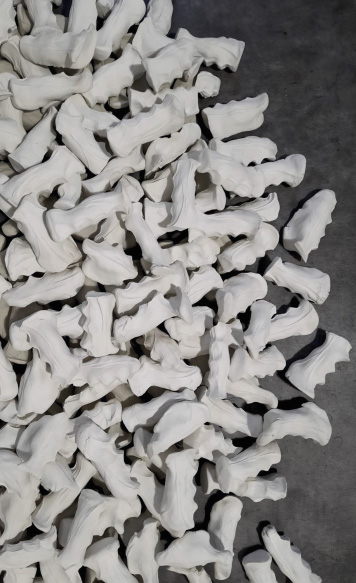
She has participated in numerous national and international exhibitions. She is the winner of, among others, the Minister of Education and Science Award for Outstanding Young Scientists Showing Significant Achievements in Scientific Activity (2022), the City of Gdansk Award for Young Creators in the Field of Culture (2019), the international NES Artist Residency Iceland (2017), the Grand Prize of the fourth edition of the Gdansk Art Biennale (2016), the Cultural Scholarship of the City of Gdansk (2016). Scholarship holder of the Minister of Culture and National Heritage (2018) and the Marshal of the Pomeranian Voivodeship for Creators of Culture (2015).
Text by: Aleksandra Grzonkowska, NOMUS

 Powrót
Powrót